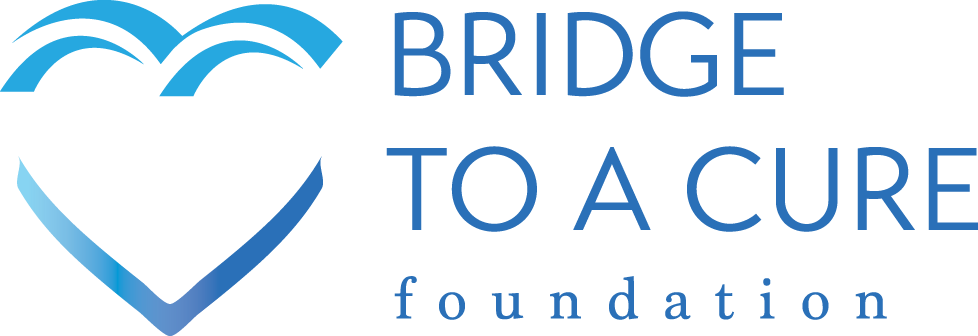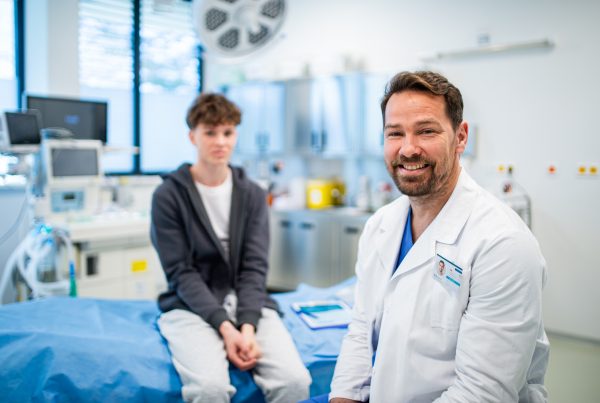Big Data in the fight on terrorism provides a blueprint for how we should be battling pediatric cancer
Data plays a growing role in the race to stop terrorist attacks before they claim innocent lives. We need to harness the same power to fight a different kind of terrorist: the cancer cells that attack innocent children.
Intelligence analysts with the CIA, FBI, Interpol, and other agencies mine and crunch billions of bits of data to predict terrorist attacks before they happen. A robust database containing all information from all intelligence organizations has delivered successes that would not have been achieved without it.
Creating a robust national database for pediatric cancers and other childhood illnesses has the potential to transform research and accelerate discovery of effective treatments and cures. It will allow researchers to uncover why some kids develop certain cancers, and find ways to head off the killer disease cells before they can get a foothold.
To understand how data can help in the fight against pediatric cancer, we can look to the CIA and the role data played in the hunt for Osama bin Laden as popularized in films and series including “Manhunt,” “Zero Dark Thirty,” and “The Looming Tower.”
After 9/11, the agency created the position of “targeter,” analysts who worked to “funnel data specifically toward marked targets.” Pediatric researchers and oncologists could do the same sort of targeting with pediatric cancer cells.
Before we can hunt pediatric cancer cells the way we hunt terrorist cells, though, we need to develop a robust database. The National Cancer Institute is working toward this goal in anticipation of receiving an $50 million yearly in the fight against childhood cancer.
As part of President Trump’s proposal to increase funding for pediatric cancer research by $500 million over 10 years, NCI is developing a blueprint for a comprehensive cancer data federation starting with pediatric cancer, NCI Director Ned Sharpless told The Cancer Letter in an interview last month.
“The data federation that NCI has in mind would allow researchers to move seamlessly between types of data – clinical records, genomic information, pathology, and outcomes data – as well as through different platforms where databases are stored, be they in Bethesda, Philadelphia, or Memphis,” the article states.
“For this to be successful, we have to leverage existing investments and make sure we use the datasets that are already out there and try and link them, and get data and pull data from them to get into this common aggregated and federated dataset that lives in the cloud,” Sharpless said.
This is a huge undertaking, so it will need to be tightly focused to be successful. As with any infusion of government funding, there will be many interest groups vying to shape the size and scope of the data federation and how money is spent.
The best way to move with agility is to begin by building a complete database on one specific form of pediatric cancer. This would allow researchers to move quickly to capture all the relevant information and address all the expected and unexpected barriers.
When Al Qaeda attacked the United States, we targeted its leadership for destruction. We did the same when the so-called Islamic State became the deadliest player in global terrorism. We made major strides by targeting the most malignant forms of terrorism, so why not do the same with pediatric cancers?
Glioblastoma makes the most sense as it is not widespread, with about 200 pediatric cases per year. It is also the most aggressive malignant form of brain tumor and the deadliest, with a cure nowhere in sight.
By compiling all of the data we have on a single form of childhood cancer, and then attacking that cancer with the most effective treatments, we can build a blueprint for fighting all deadly diseases that affect children. But we have to make sure the databases we develop encompass all relevant information. This includes genomic data being developed by private companies that will help researchers determine which kids are at risk and identify ways to prevent kids from getting sick in the first place.
A truly robust database must also include data and research into alternative treatments such as vitamin therapy, Eastern medicine (including acupuncture), diet (including ketogenic), and others. Without all these pieces, it would be easy to overlook a promising treatment or potential cure.
We know how painfully slowly research has progressed in fighting pediatric cancer – too slow to bring hope to children facing these diseases today. Repeating what we have done in the past won’t cut it. It’s time to try a new approach, sparked by the same kind of urgency we have used to fight terrorism.
We have a great opportunity to tie together clinical data and records at our top medical and research institutions with genomic sequencing data from private companies, but we will have to overcome roadblocks. Big pharmaceutical companies will need to be convinced to share data on pediatric cancers that many guard as proprietary. There is also the problem of Big Pharma shortchanging research into pediatric diseases because there is no immediate lucrative financial return ¬– an issue we will look at in depth in posts to come.
The Bridge to a Cure Foundation is the lead advocate for modernizing our approach to pediatric cancer, with a priority on building a pediatric cancer database to speed up the search for cures. We have met and gained the support of over 120 institutions and practitioners, including the NCI Director Ned Sharpless who has become a forceful proponent and driver of this initiative in Washington. To learn more about the foundation and add your support, visit www.bridgetoacure.org.






